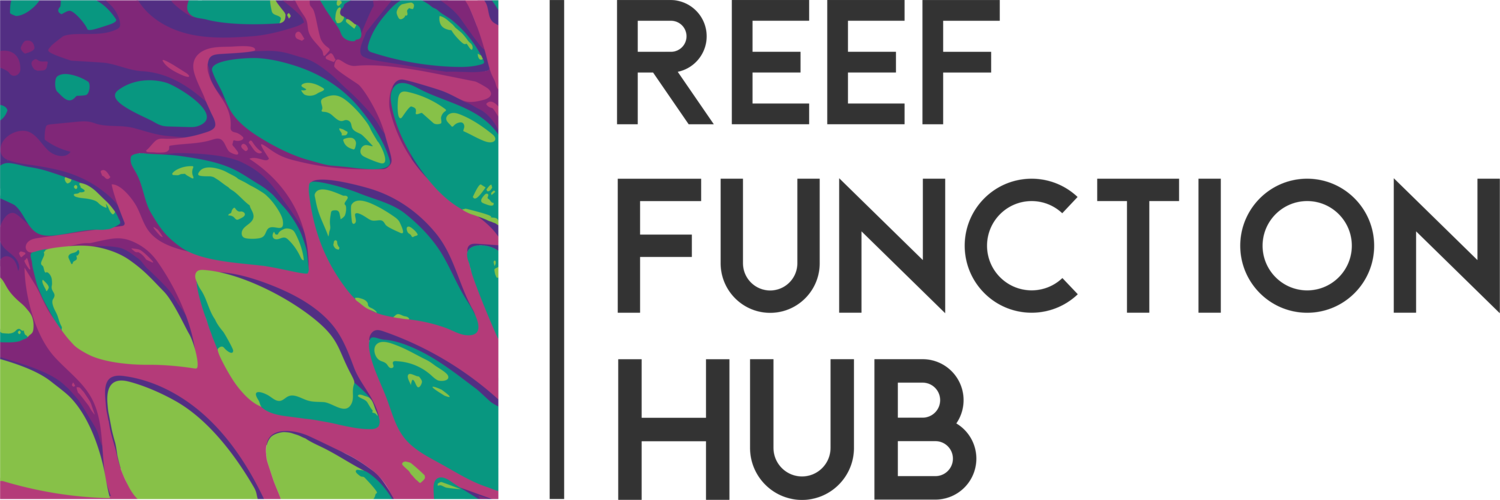Analysing biological colour patterns from digital images: An introduction to the current toolbox
Christopher Hemingson, Peter Cowman & David Bellwood
Abstract:
Understanding the numerous roles that colouration serves in the natural world has remained a central focus in many evolutionary and ecological studies. However, to accurately characterise and then compare colours or patterns among individuals or species has been historically challenging. In recent years, there have been a myriad of new resources developed that allow researchers to characterise biological colours and patterns, specifically from digital imagery. However, each resource has its own strengths and weaknesses, answers a specific question and requires a detailed understanding of how it functions to be used properly. These nuances can make navigating this emerging field rather difficult. Herein, we evaluate several new techniques for analysing biological colouration, with a specific focus on digital images. First, we introduce fundamental background knowledge about light and perception to be considered when designing and implementing a study of colouration. We then show how numerous modifications can be made to images to ensure consistent formatting prior to analysis. After, we describe many of the new image analysis approaches and their respective functions, highlighting the type of research questions that they can address. We demonstrate how these various techniques can be brought together to examine novel research questions and test specific hypotheses. Finally, we outline potential future directions in colour pattern studies. Our goal is to provide a starting point and pathway for researchers wanting to study biological colour patterns from digital imagery.

